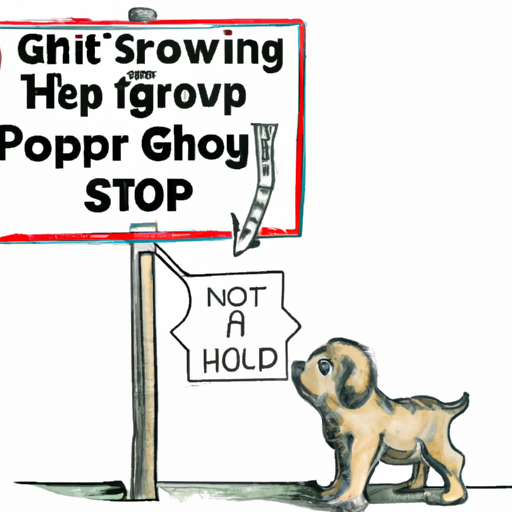Understanding Your Dog’s Growth
First of all, let’s debunk the myth: not all dogs stop growing at the same age. The rate and duration of growth can vary significantly based on factors such as breed, diet, and overall health. Small breeds typically stop growing sooner than large breeds. For instance, a Chihuahua might reach its full size at around 10 months of age, whereas a Great Dane might not stop growing until it’s 18 months or even 2 years old.
| Breed Size | Estimated Age When Growth Stops |
|---|---|
| Small | 10-12 months |
| Medium | 12-15 months |
| Large | 18-24 months |
Factors Influencing Your Dog’s Growth
Your dog’s diet plays a significant role in its growth and development. High-quality dog food, rich in essential nutrients, can promote healthy growth. However, overfeeding can lead to obesity, which can, in turn, impact your dog’s growth in negative ways. Regular vet visits are essential to monitor your dog’s weight and overall health.
-
A Balanced Diet: Dogs require a balanced diet of proteins, fats, and carbohydrates, along with essential vitamins and minerals.
-
Regular Exercise: Regular physical activity is vital to ensure your dog’s proper growth and development.
-
Routine Vet Check-ups: Regular vet visits can help monitor your dog’s growth and detect any potential health issues early.
Growth-Related Health Issues in Dogs
Some breeds are more prone to growth-related health issues than others. Large breeds can experience conditions like hip dysplasia and osteoarthritis due to their rapid growth. Early detection and treatment can help manage these conditions and ensure your dog leads a comfortable life.
How to Determine If Your Dog Has Stopped Growing
When your dog stops growing, you’ll notice less change in their physical size and shape. An easy way to determine if your dog has reached adulthood is by looking at their teeth. Adult dogs have a full set of 42 teeth, which usually come in by the time they’re 7 months old. However, this doesn’t mean they’ve stopped growing. It’s only a sign that they’ve entered the next stage of development.
What Happens After Your Dog Stops Growing
After your dog stops growing, its focus shifts from growth to maintenance. This is the time when your dog’s nutritional needs change. Adult dogs require fewer calories than growing puppies. You’ll need to adjust their diet accordingly to maintain a healthy weight.
FAQ
Q: Can I speed up my dog’s growth?
A: No, the rate of growth is primarily determined by genetics. It’s essential to let your dog grow at its natural pace.
Q: What should I feed my dog to promote healthy growth?
A: A balanced diet of high-quality dog food is recommended. You should consult with a vet for specific dietary recommendations.
Q: Can exercise impact my dog’s growth?
A: Yes, regular exercise can support healthy growth by strengthening your dog’s muscles and bones. However, too much exercise can also put undue stress on growing bones and joints.
Q: How can I tell if my dog has stopped growing?
A: Changes in physical size and shape will slow down. Also, by around 7 months, dogs usually have a full set of adult teeth, indicating they’ve entered the next stage of development.
Q: What changes should I expect when my dog stops growing?
A: Once your dog stops growing, their caloric needs will decrease. You’ll need to adjust their diet to maintain a healthy weight. Regular vet check-ups remain important for ongoing health monitoring.



